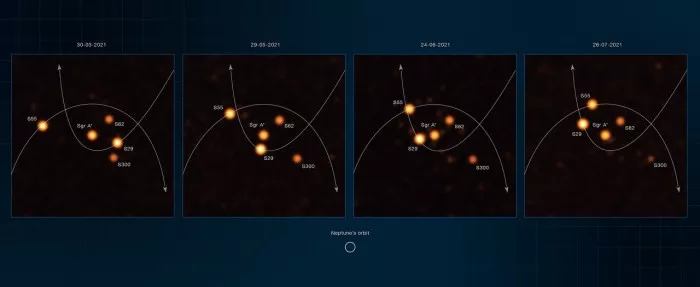According to researchers from Macquarie University in Australia and the National University of Singapore, it was recently released on the preprint platform arxiv Org, a new quantum technology called stimulated Raman adiabatic channel (STIRAP) can enhance optical very long baseline interferometry (VLBI)** This technology allows quantum information to be transmitted losslessly, enabling VLBI to detect previously invisible wavelengths. Once integrated with next-generation instruments, this technology can conduct more detailed studies on the surfaces of black holes, exoplanets, solar systems and distant stars.

In the past decade, great progress has been made in the study of exoplanets. Gravitational wave astronomy has become a new field. Scientists have captured the first images of supermassive black holes. Thanks to highly sensitive instruments and the ability of observatories around the world to share data, interferometry related to this has also made progress, and VLBI science is opening up a new field.
VLBI is a specific technique used in radio astronomy, in which signals from astronomical radio sources (black holes, quasars, pulsars, star forming nebulae, etc.) are combined to create detailed images of their structures and activities. Simply put, VLBI is to combine several small telescopes to achieve the observation effect of one large telescope. Not long ago, VLBI observed the first image of the black hole Sagittarius a* in the center of the Milky Way galaxy.
However, researchers point out that classical interferometry is still hindered by physical limitations, including information loss, noise, and the fact that the light obtained is usually quantum. Once these limitations are resolved, VLBI can be used for more sophisticated astronomical measurements.
Researchers say that the key to overcoming these limitations is to use quantum communication technologies such as STIRAP. STIRAP involves the use of two coherent optical pulses to transmit optical information between two applicable quantum states. When applied to VLBI, it will allow efficient and selective population transfer between quantum states without being affected by common noise or loss problems.
Researchers have proposed a more detailed and accurate Interferometry Technology. In order to simulate large-scale optical interferometers, it is necessary to collect and process the light coherently. They suggest using quantum error correction to reduce the error caused by loss and noise in this process.
To test their theory, the team considered two facilities at long distances to collect astronomical light. In the "encoder" stage, the signal is captured into the quantum memory through STIRAP technology, which allows the incident light to be coherently coupled to the non radiative state of the atom.
The ability to capture quantum light from astronomical light sources (eliminating quantum noise and information loss) will change the rules of the game of interferometry. In addition, these improvements will have a significant impact on other areas of astronomy. It will be powerful enough to photograph asteroids around stars, details of the solar system, kinematics of the stellar surface, accretion disks, and potential details of black holes.